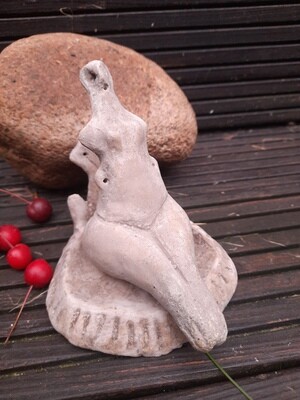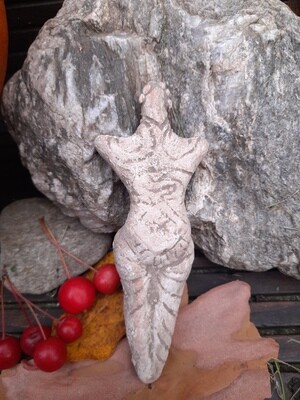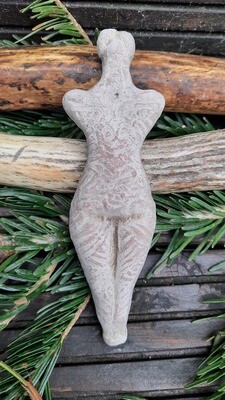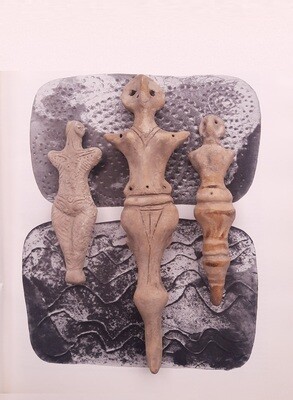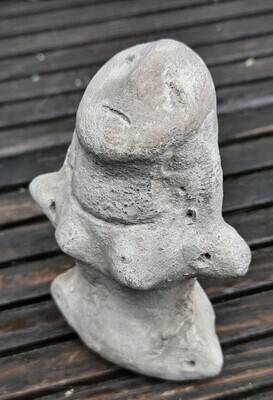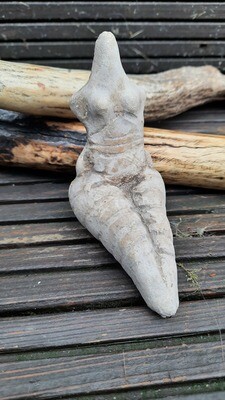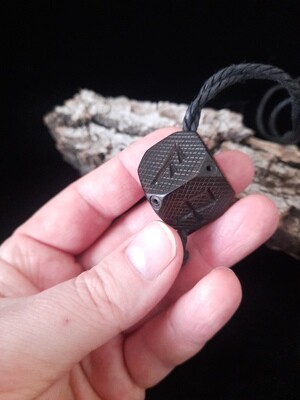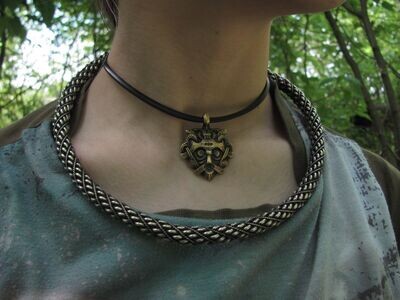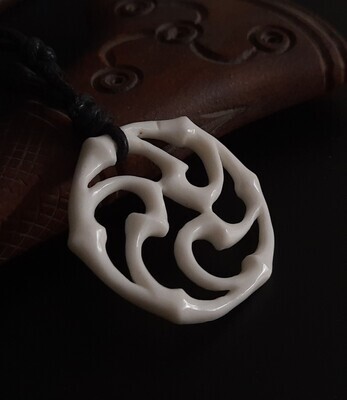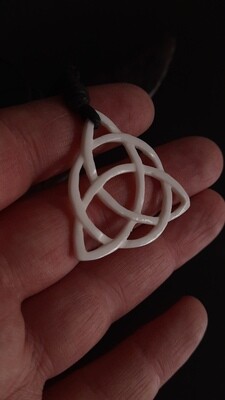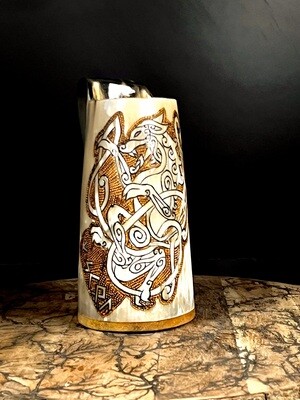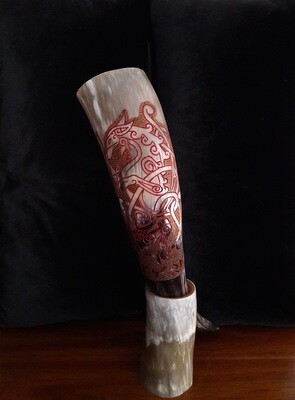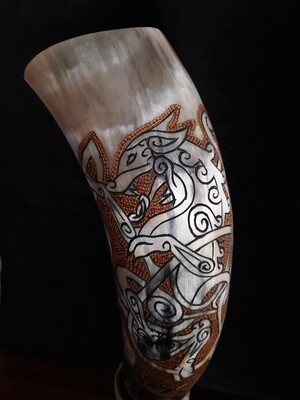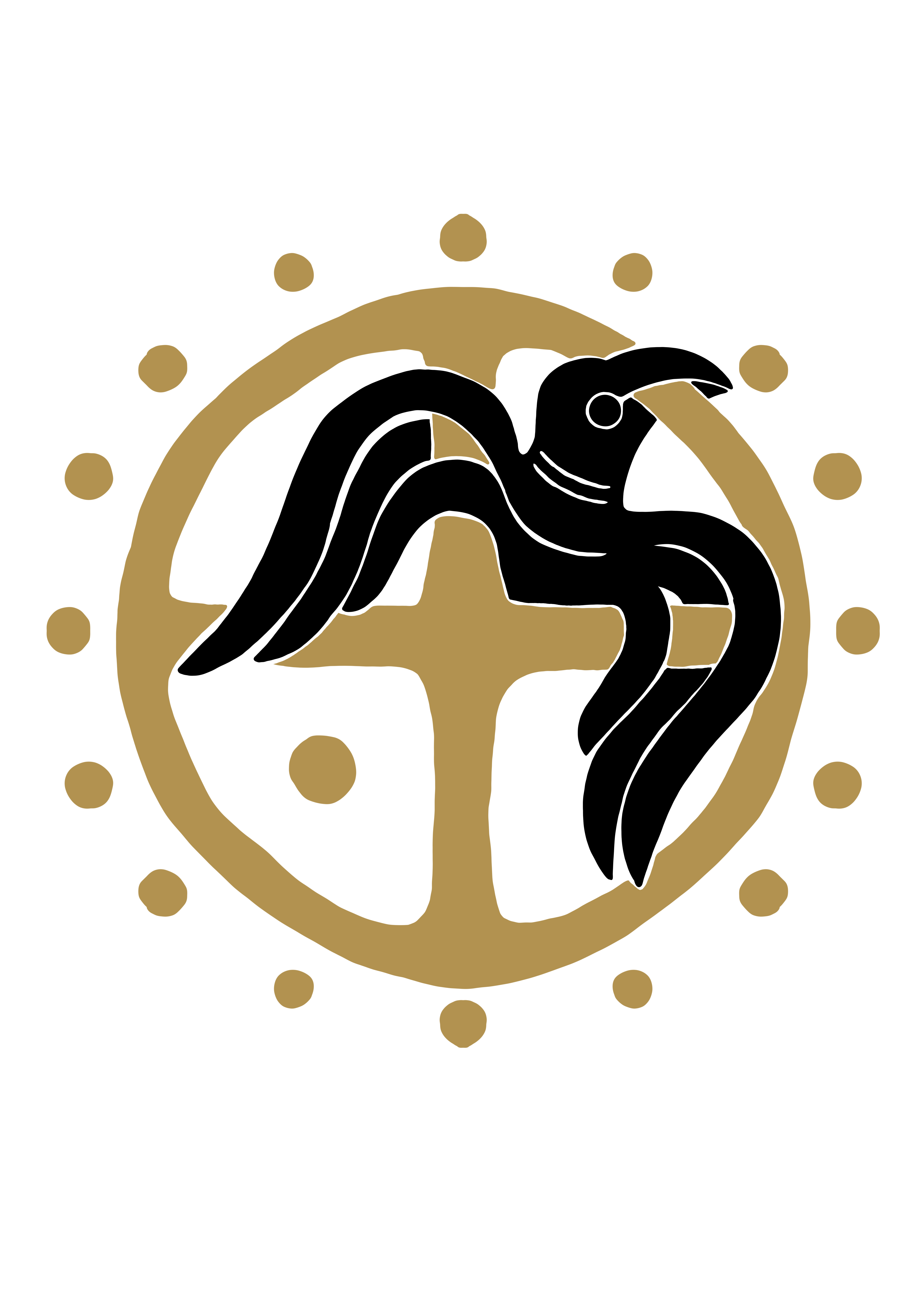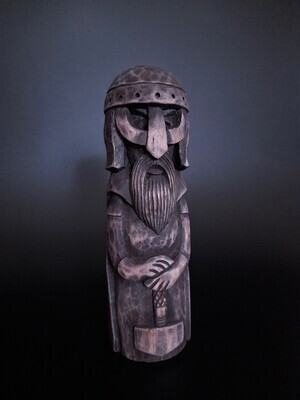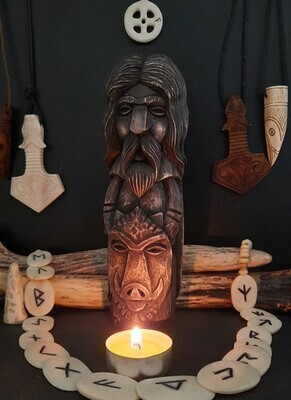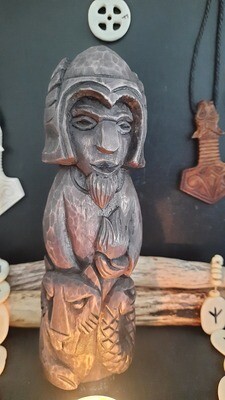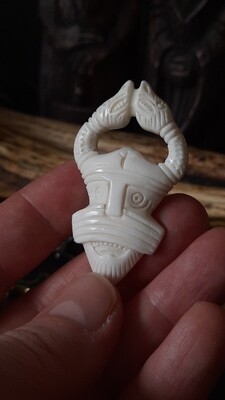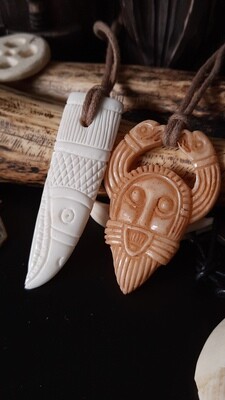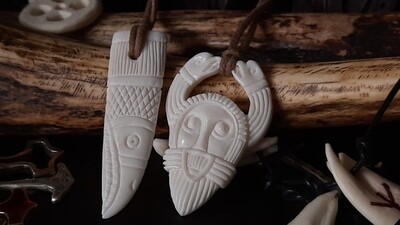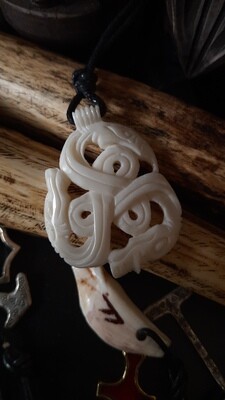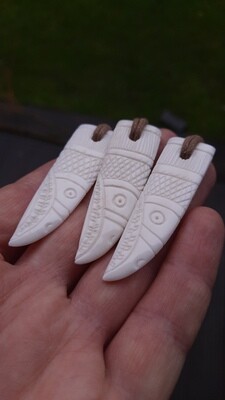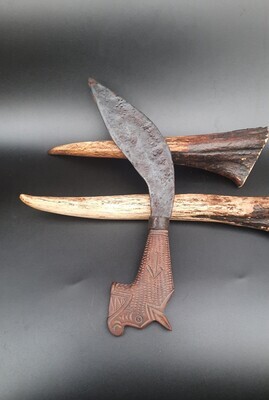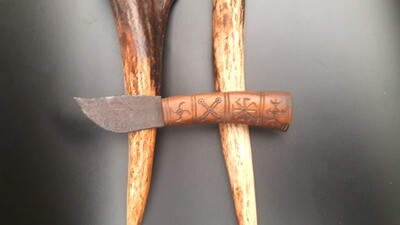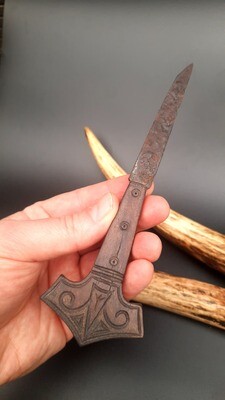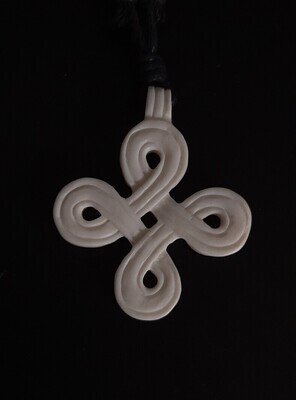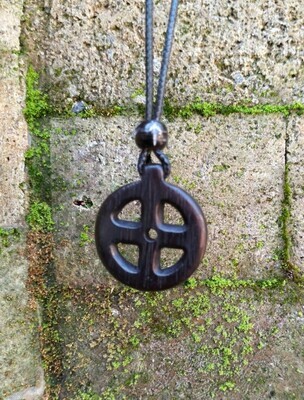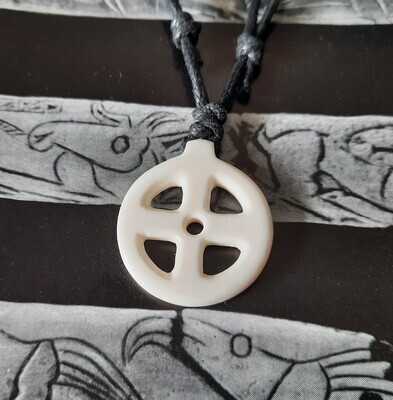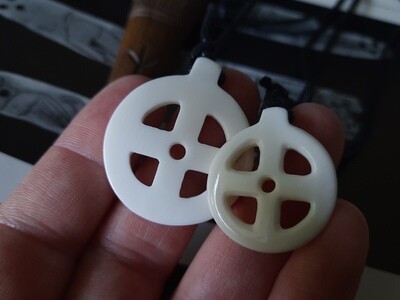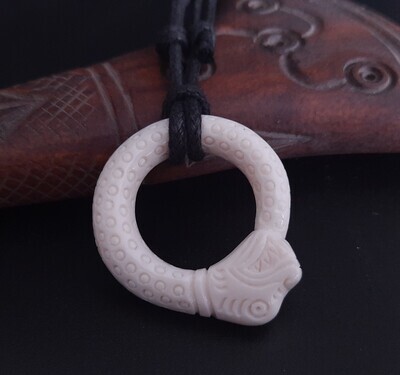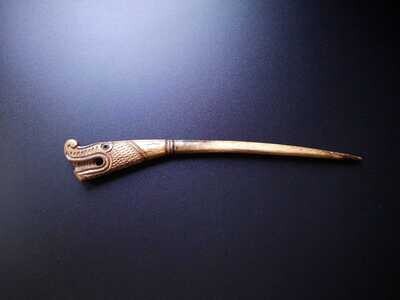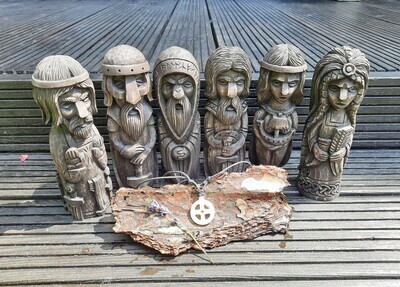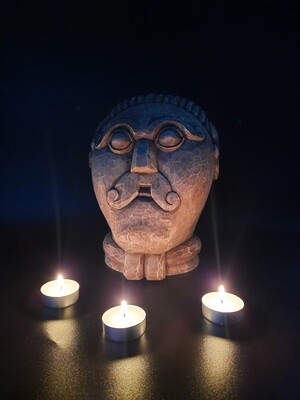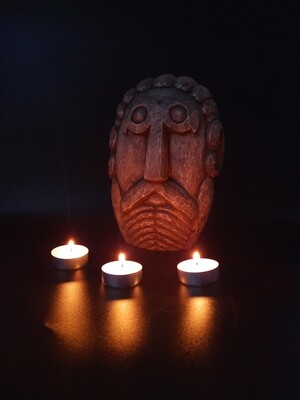Pagan Roots
Embark on a journey into the ancient pre-Christian beliefs and practices that shaped cultures across Europe and beyond – welcome to the realm of Pagan Roots. In these traditions, reverence for nature, the changing seasons, and the worship of diverse gods and goddesses formed the heart of spiritual life.
During the Viking Age, Pagan Roots flourished among the Norse people, who revered a pantheon of deities including Odin, Thor, Freyja, and Loki. Their spirituality was deeply intertwined with the natural world, as they perceived themselves as integral parts of it.
Today, Pagan Roots continue to inspire spiritual seekers, influencing modern-day practices and cultural expressions. Many are drawn to the timeless wisdom and beauty of Pagan traditions, integrating them into their own spiritual journeys. Festivals like the winter solstice and the summer solstice endure as examples of Pagan Roots preserved and adapted across diverse cultures worldwide.
Enter the realm of the Great Mother Goddess – a concept woven through the tapestry of pagan religions across history. She embodies the primal forces of fertility, creation, and destruction, often intertwined with the earth, the moon, and the cycles of nature.
For modern pagans, the Great Mother Goddess symbolizes feminine power and creativity, offering a counterbalance to patriarchal structures. Through her worship, pagans seek to reconnect with the earth and ancient wisdom, restoring harmony in a world often out of balance.
Her manifestations span cultures and mythologies, from Isis of Egyptian lore to Kali of Hinduism, each embodying the nurturing and life-giving essence of the divine feminine. Despite the diversity in names and attributes, all share a common thread – the celebration of life, fertility, and the cycles of nature.

